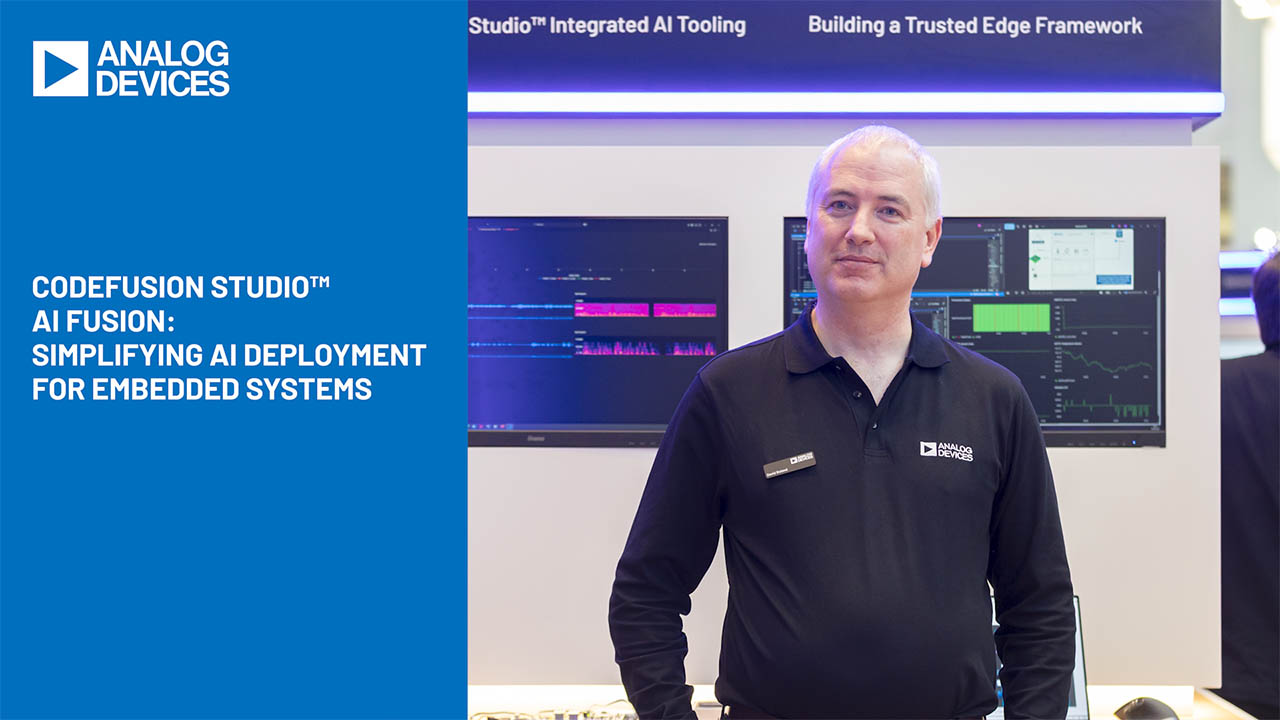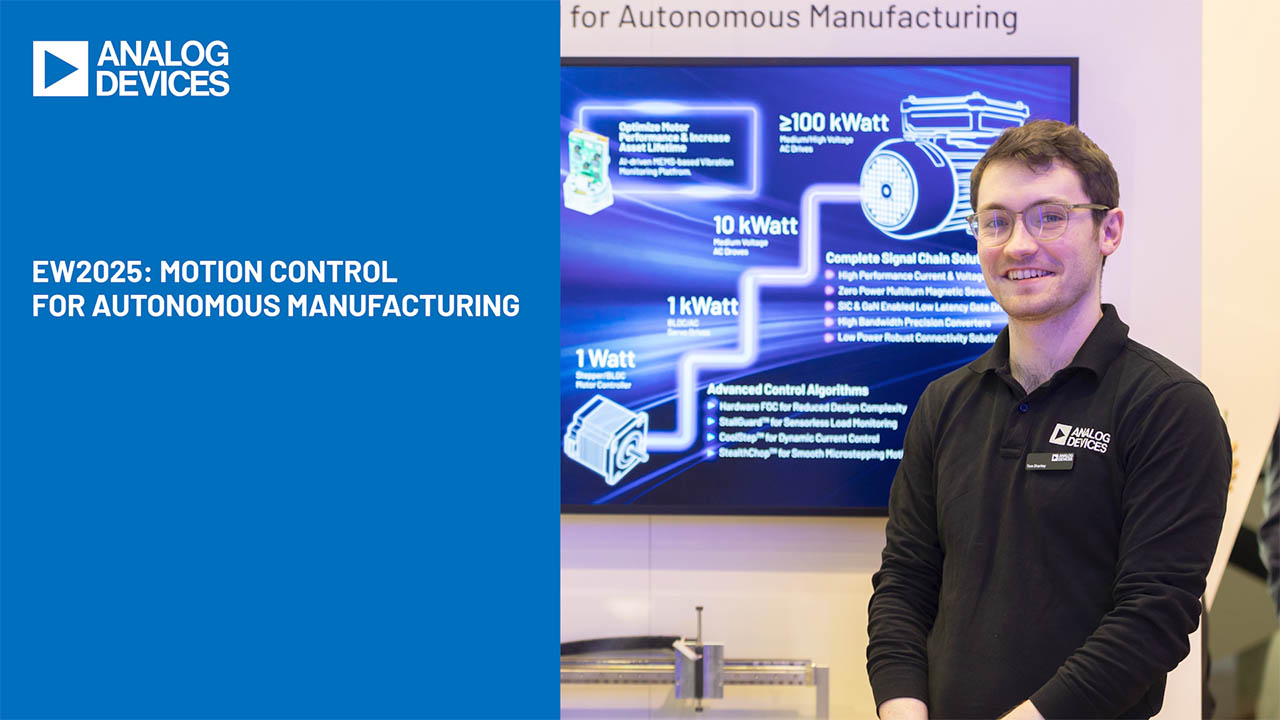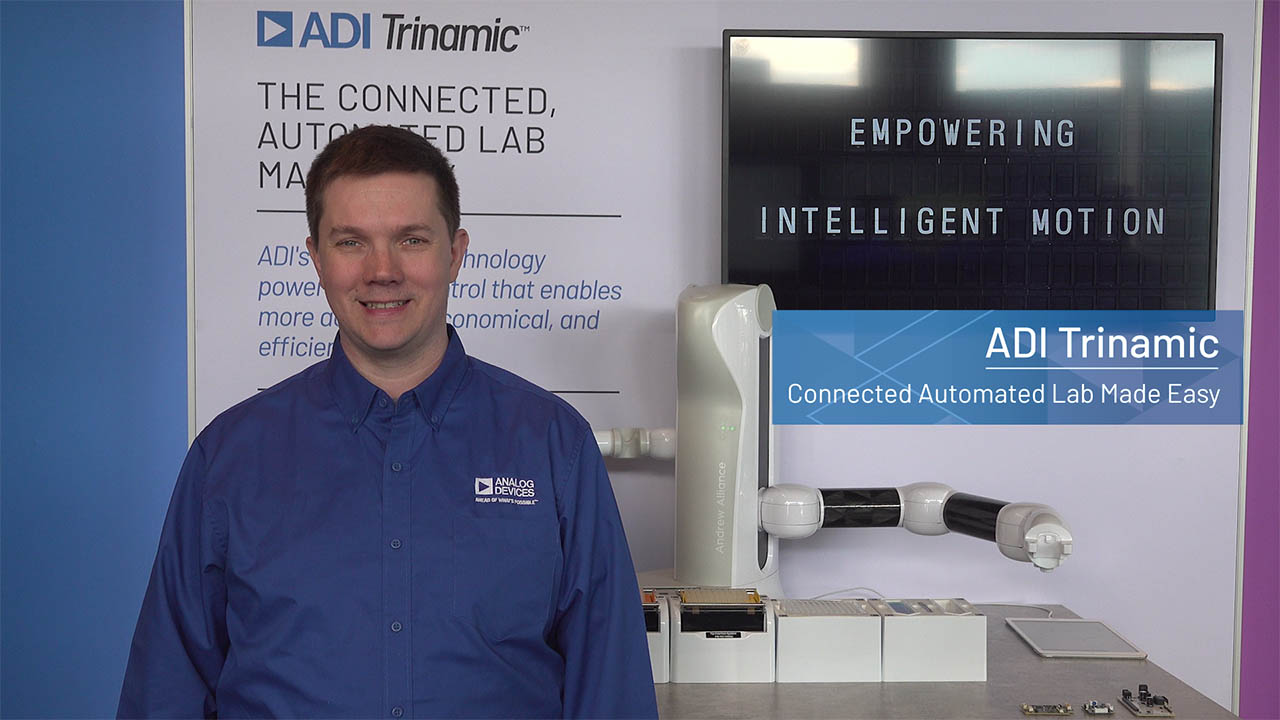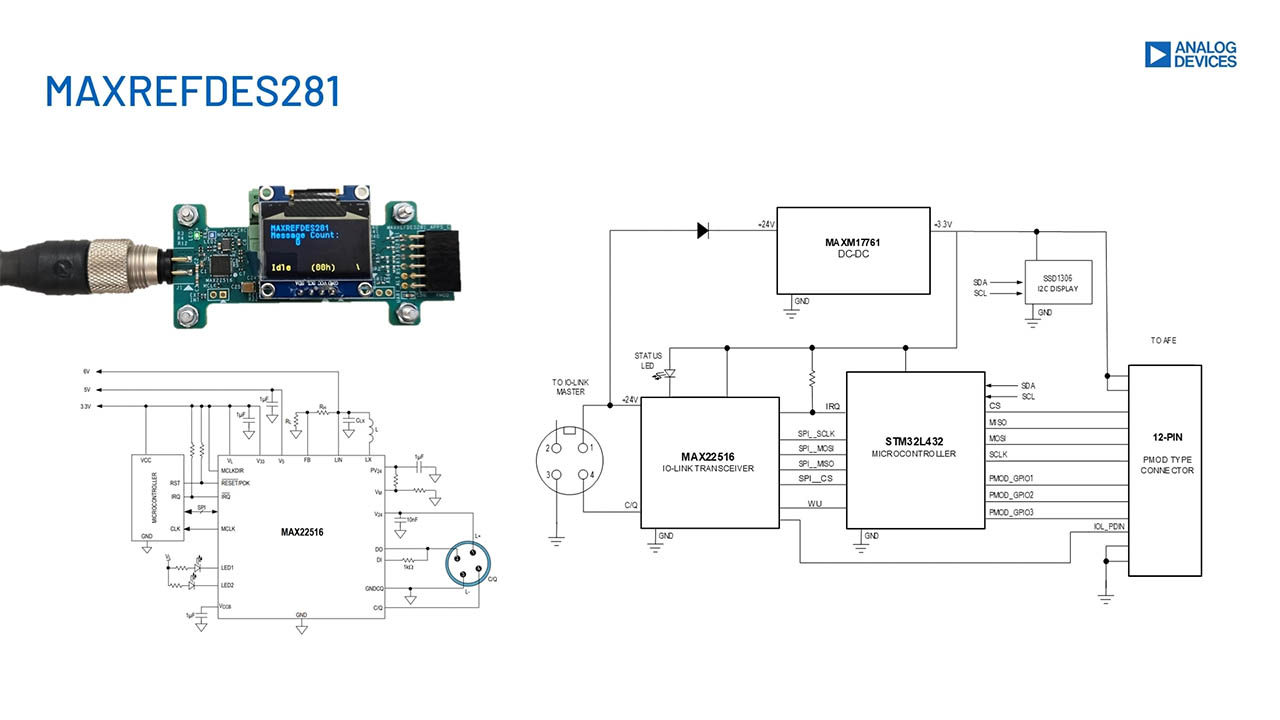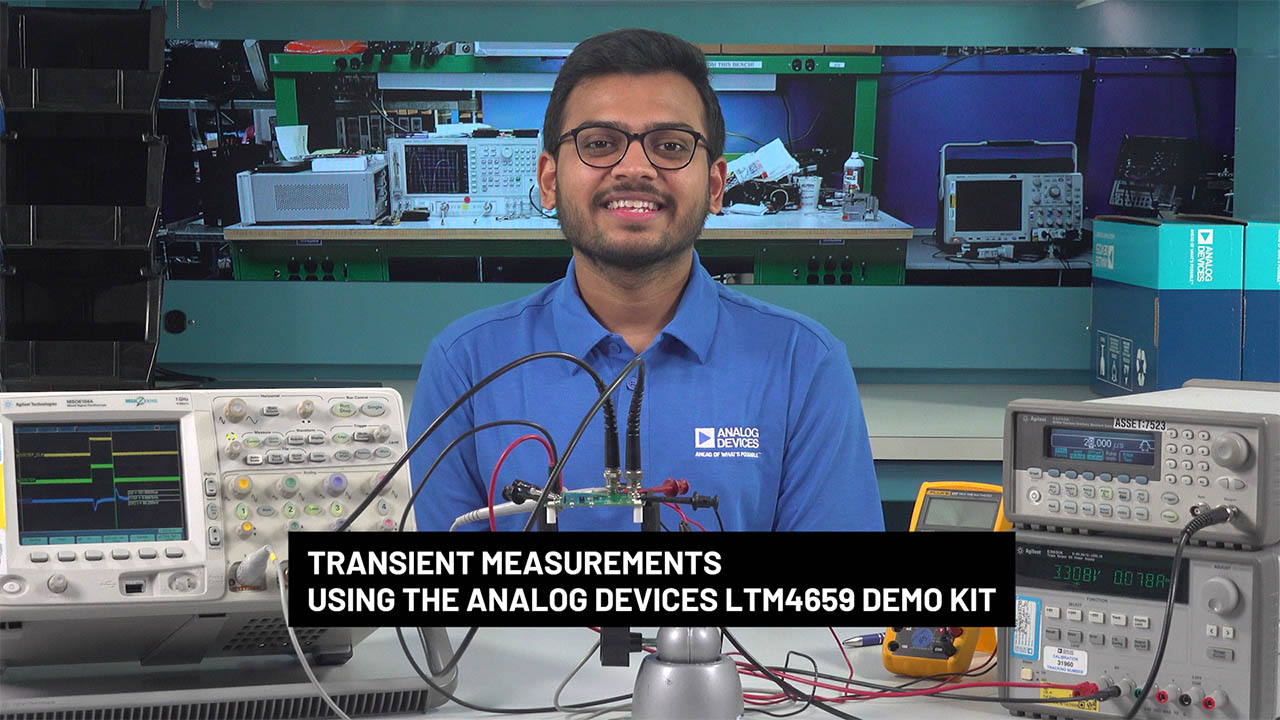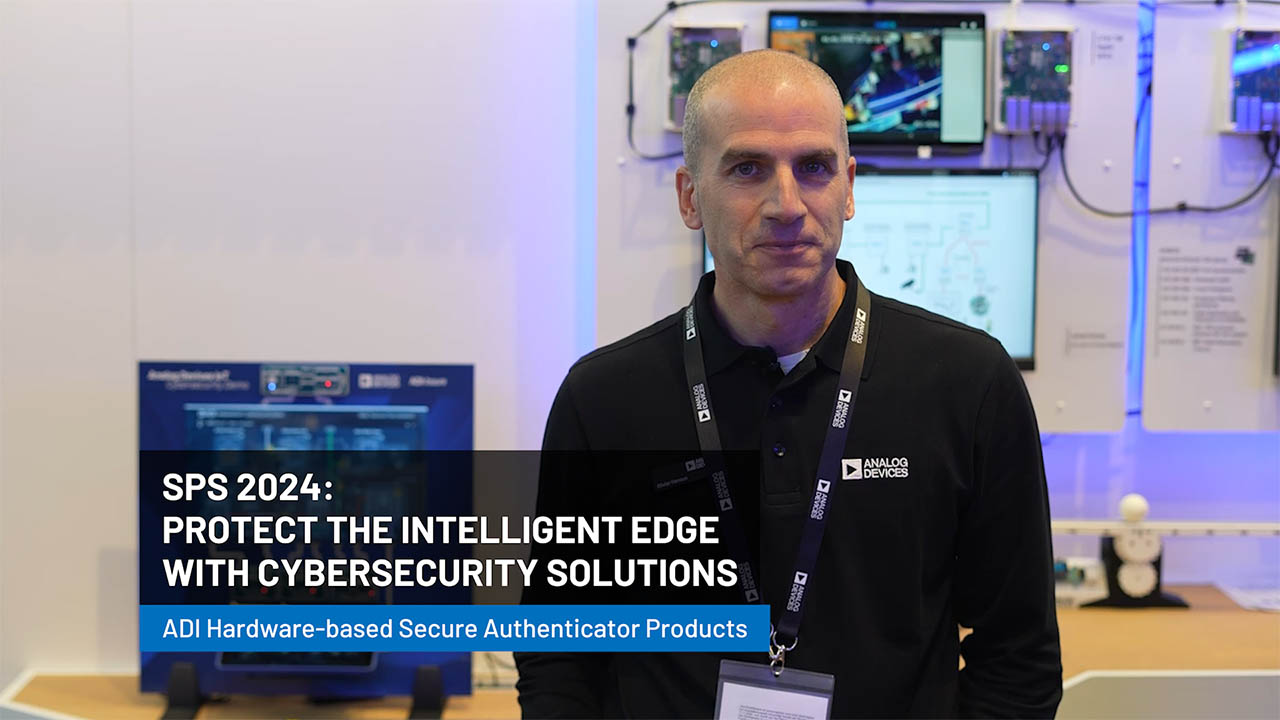Ultra Low Power Microcontroller Module Opens New Doors for Engineers - Part 2: Configuring Eclipse
Ultra Low Power Microcontroller Module Opens New Doors for Engineers - Part 2: Configuring Eclipse
2025年04月24日
Read other articles in this series.
要約
This article continues the introduction of an ultra low power, feature rich microcontroller module and explains how to program and debug it using popular, free of charge tools. Unlike many other high end microcontroller modules, this one is available in a DIP footprint, allowing easy prototyping for professional engineers and hobbyists alike. While Part 1 describes how to create a project in Eclipse, Part 2 describes how to configure Eclipse to work with the PICO.
Reconfiguring Eclipse to Work with the PICO Hardware
The project created in Part 1 was designed around the MAX32625EVKIT hardware, which is different from the PICO hardware, so the file describing the hardware on the EV kit needs to be changed to reflect the hardware on the PICO. The original boards.c file is stored in:
C:\Maxim\Firmware\MAX32625\Libraries\Boards\EvKit_V1\ Source
and the new boards.c file for the PICO is stored in the zip file, which can be downloaded using the link at the end of this article. Copy the whole Boards directory from the zip file into the directory whe
著者について
この記事に関して
{{modalTitle}}
{{modalDescription}}
{{dropdownTitle}}
- {{defaultSelectedText}} {{#each projectNames}}
- {{name}} {{/each}} {{#if newProjectText}}
-
{{newProjectText}}
{{/if}}
{{newProjectTitle}}
{{projectNameErrorText}}
